Table of Content
- What is a rooftop garden?
- Roof top garden benefits
- Things to consider when setting up a rooftop garden
- Waterproof the roof and ensure it has a good drainage system and slope
- Windbreaks on rooftop gardens
- Rooftop garden safety
- Rooftop garden design
- Rooftop vegetable garden using urban farming
- Flowers on the rooftop garden
- Rooftop garden seating

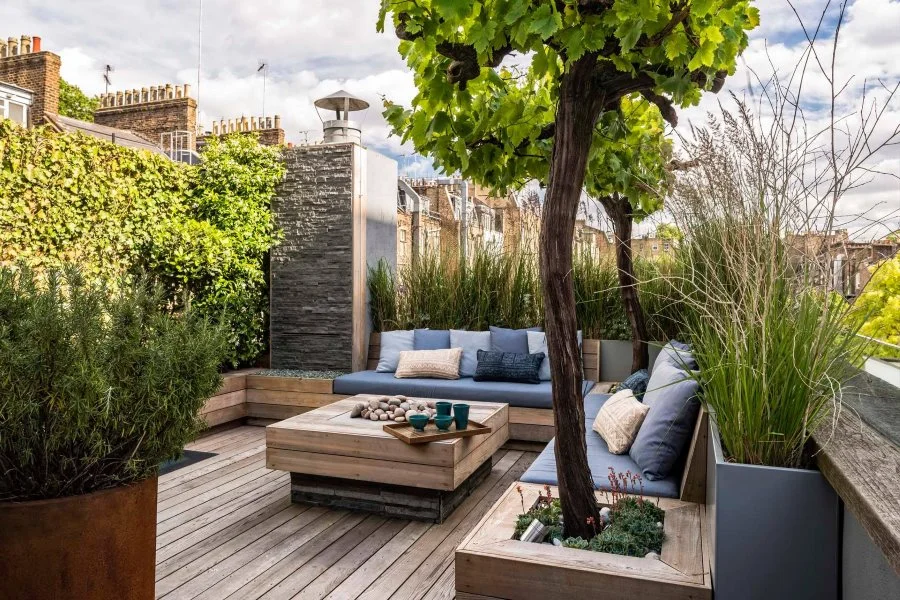
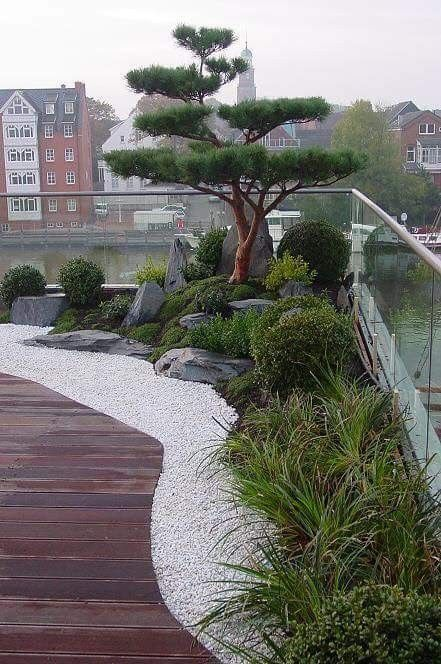
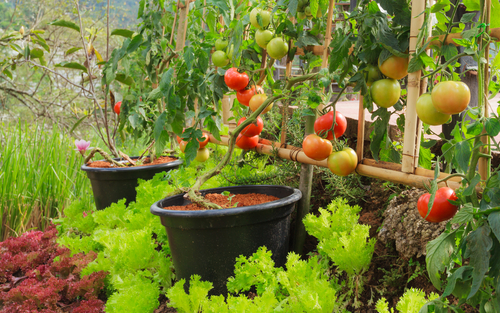
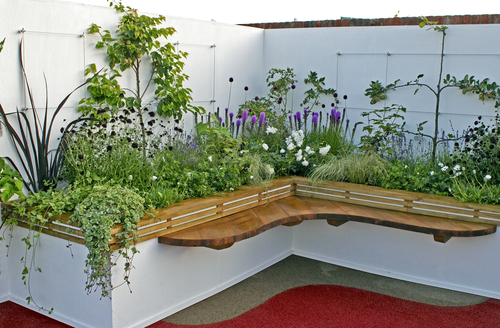


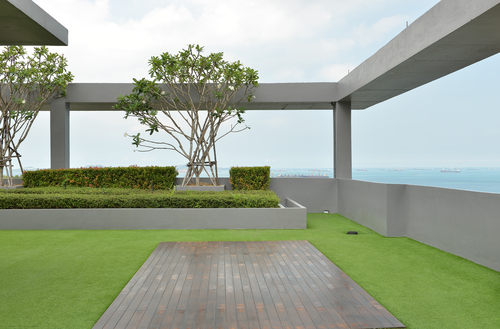



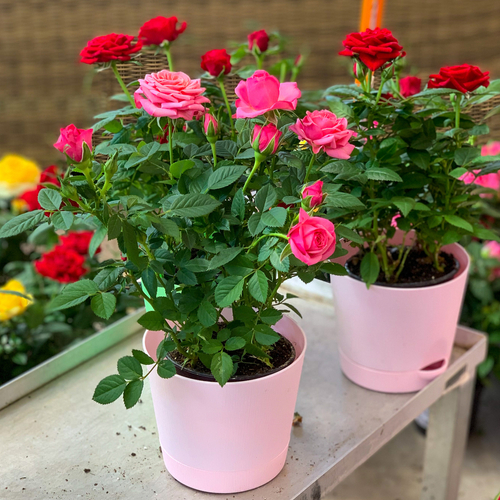

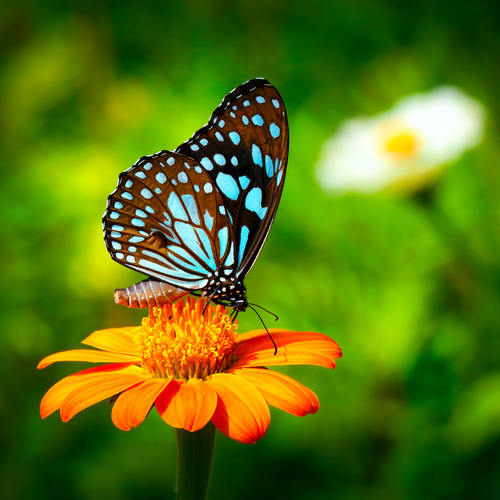
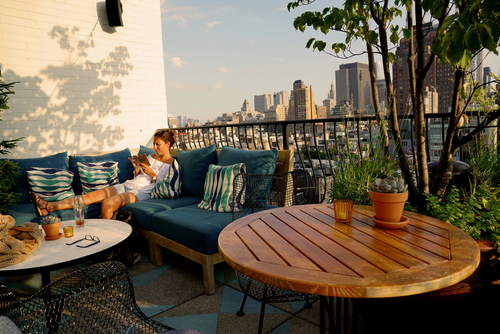



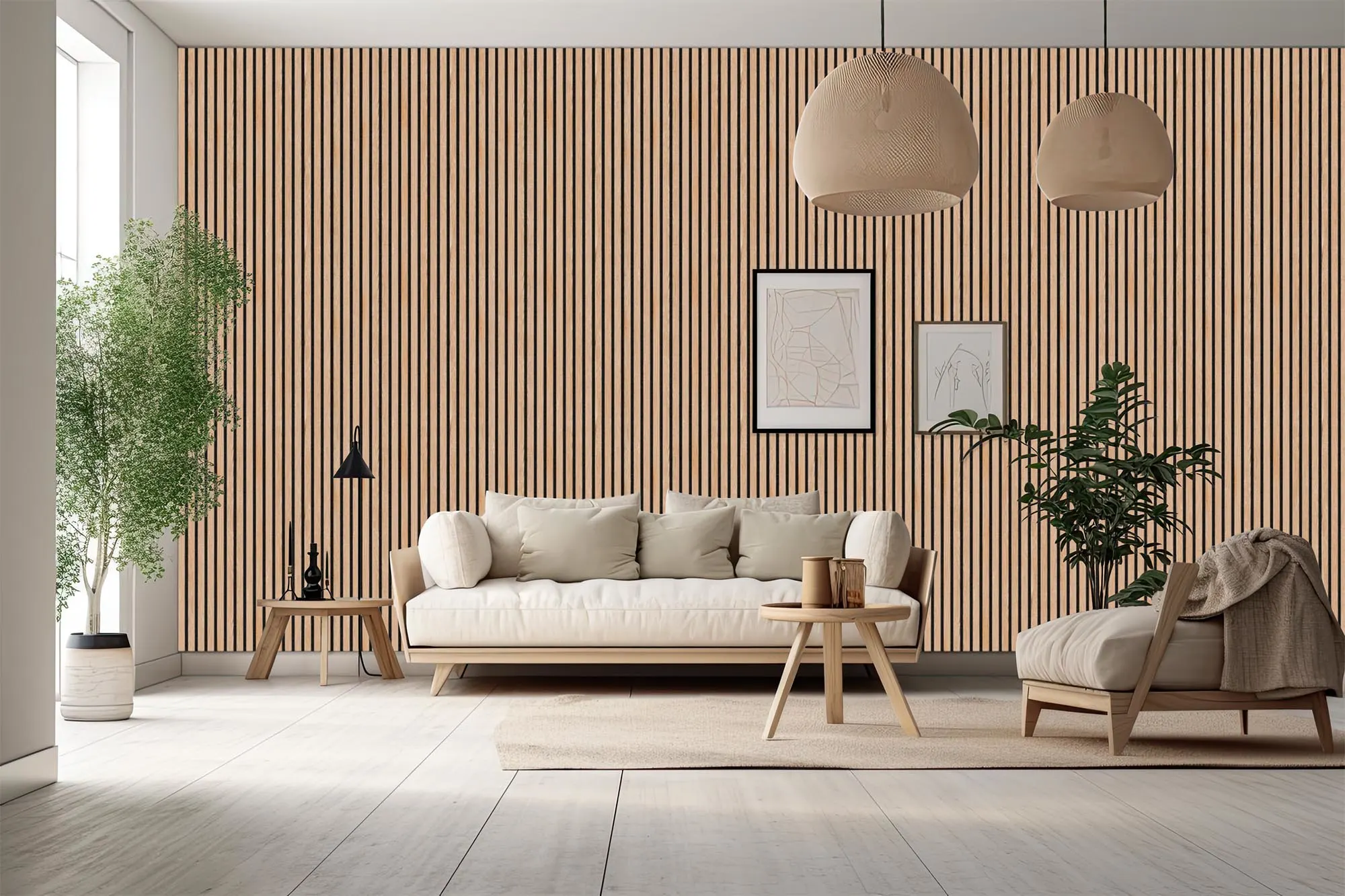


_1767854635.webp)

_1767769068.webp)


Ans 1. A good solution is to mix high general lighting (wall lamps or garden lights) with more targeted lighting to identify any obstacles and enhance the most beautiful areas of the terrace. Last but not least, don't forget the low lighting (with recessed floor spotlights), which serves to create a relaxed atmosphere.
Ans 2. Lilac, photinia, common laurer, privet and pittosporum are the perfect plants for this purpose; for an atmosphere evoking exotic and tropical scenarios, the best solutions are monstera and bamboo.
Ans 3. Size your outdoor space for an ideal terrace size: A terrace should be proportional to the surrounding space to create a visual balance. Also consider the view and surrounding landscape. If you have an unobstructed view that you want to highlight, a wider terrace with fewer visual obstacles may be preferable.
Ans 4. If your client wants to create an epic rooftop terrace dining environment, take the design up a notch, place a row of candles on the sidelines, bring a silver dining table, metal chairs, a calming glass water feature, and make halos around potted trees.
Ans 5. Disadvantages Of Terrace Gardening Maintenance: Terrace gardens require regular watering and maintenance, which can be time-consuming and labor-intensive. Limited variety: A terrace garden may have limited space for a variety of plants, which may limit the types of plants that can be grown.